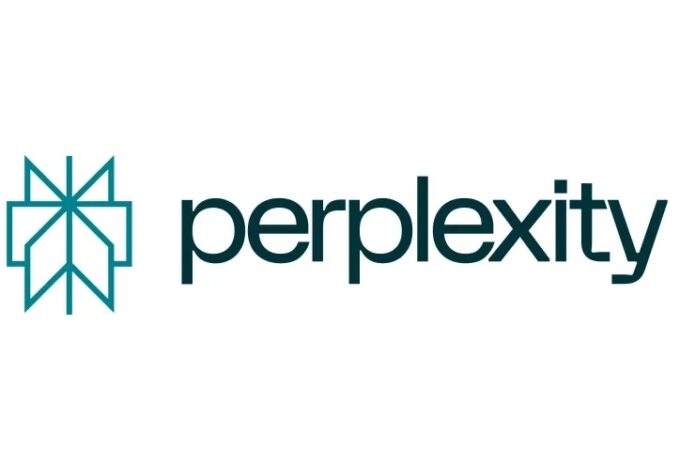Harnessing AI To Make Your Boring Bank Statements Useful
WIRED: Old-school financial institutions are typically slow-moving giants. And that’s a shame, because banks also tend to accumulate deep troves of data on their customers that goes mostly untapped. If you’re a consumer looking for an answer to a specific question about your finances, tough luck. Your usual recourse would probably involve a lot of digging through bank statements and bank website pages, or endless hours on the phone with a customer service rep.
But as of late, a swell of banking startups are seeking to change this. They take all that undifferentiated data tucked into your bank statements, and then, harnessing artificial intelligence, transform and organize it into helpful information that people can actually understand—and act on.
Among these is Kasisto, a spin-off venture of SRI International—the creator of Siri. The startup is testing a voice-recognition add-on for mobile banking apps that lets customers ask questions about their accounts. Users can ask Kasisto, “How much have I spent on fees?” or tell it, “I’m looking for a three-dollar transaction on my checking account,” and the system will return an answer. It’s a voice-activated assistant that, unlike Siri, isn’t a generalist.
Meanwhile, MoneyStream, a new service from a Silicon Valley startup of the same name, links your bank account to a range of services that together deliver personal finance predictions in the form of a simple calendar. In other words, you can see how much money you can expect in your bank account month to month. While other apps, notably Level, already aim to help you plan your daily budget, MoneyStream claims it can help you dig deeper into the more complex fluctuations that can upend the best-intentioned plans.
In developing these tools, Kasisto and MoneyStream join a multitude of other companies that are riding the cresting wave of artificial intelligence to surface information that’s useful for humans. Companies from Google to Facebook to Baidu are using AI to drive voice and image recognition. Smaller startups are using AI to rethink stodgy practices from job hunting to finding a restaurant that perfectly suits your budget and dietary needs. Now, both Kasisto and MoneyStream aim to inject personal money management with the same AI touch.
The Language of Money
Kasisto has deep knowledge of two things: the semantics of the financial services world and your own relationship with your bank. It then uses natural language processing and machine learning to serve up the information you’re looking for.
The company, which launched last June, has been in “friends and family” testing mode in the US and Asia, but its roster of clients already includes Spain-based banking group BBVA and Wells Fargo, among others. Kasisto CEO and co-founder Zor Gorelov explains his company has basically built two types of apps: an enterprise add-on that corporate clients—especially company CFOs and treasurers—will use internally, and a consumer-friendly app that will integrate into existing mobile banking apps. The team plans to roll the app out to consumers later this year.
Gorelov says Kasisto’s tech is primed to integrate with existing smartphone hardware to extract relevant info anytime and anywhere it’s needed. Ask the app, for instance, “How much have I spent in this store?” and the system will use location services to determine which store you’re shopping from and whether the store is offering any deals. Along with GPS, Kasisto can also look at consumption history and transactions between users, as wells as connect to credit-card linked offers to show you bargains that, based on your spending history, might be interesting to you.
According to the app’s founders, remaking the financial services market is just the beginning. Eventually, they claim, clients will be able to train Kasisto to work with other industry verticals, such as healthcare, retail, and more. Even then, however, banks say Kasisto won’t replace human customer service. “We see the app as complementary,” says Steve Ellis, executive vice president at Wells Fargo, one of Kasisto’s clients, pointing out that banks don’t plan to close their branches just because online banking has become more popular.
Seeing Your Financial Life in a Calendar
Mike Bertrand remembers a time he would have been in hot water if not for MoneyStream. He had just used his credit card to pay for a big vacation and hadn’t realized a telephone bill was due the next day. “I got this alert that my credit card was about to go over its limit and I was going to get hit with a fee,” the MoneyStream CEO says. “It was because we had tied in the two data sources of AT&T and my credit card that I could do something about it. I moved some money around, and it wasn’t an issue.”
That’s the added value MoneyStream gives its customers, according to Bertrand’s pitch. Simply link your bank account to the service (the web app is the most robust landing page for now), and it identifies your sources of income, your recurring bills, your credit cards, and your loans. After scooping in all the data it can glean from your bank statement, you can add new bills, utilities, accounts and credit cards, and also manage your email notifications and alerts. An algorithm analyzes this “stream,” and, using AI, projects how much money you’ll have in the bank for months to come, showing you the information in a straightforward calendar format. According to Bertrand, the system gets better with use as the stream gathers more historical data and users correct individual entries.
Bertrand acknowledges there are certain limitations to the way MoneyStream is currently set up. The algorithm does well for folks who see regular income, and not so great for people with, say, commission-based jobs who have high variability in their income. But, Bertrand claims, after starting off with the simplistic calculations for the limited amount of data it’s able to examine, MoneyStream improves every day. Eventually, he says, the algorithm will be able to discern more of a user’s spending patterns and come out with better predictions. It may even be able to classify you (anonymously) in a group of “people like you”—users with similar spending behavior—to provide more insights.
I tried MoneyStream myself, and the app cleverly picked up on several of my other accounts after linking just one bank account. It grabbed three credit cards, a savings and a checking account, my income stream, and even my student loan. After playing around with it a bit more, I was able to add another bank account and my PayPal account, which gave me a pretty good picture of my finances. But it couldn’t make sense of my rent in the stream, which I usually pay my roommate in a lump sum along with utilities, using either a check or the money-transfer app Venmo.
Bertrand says that as time goes on, the system will learn and be able to do more. He says that its predictive abilities go beyond the historical data that has been the norm for financial planning apps for decades. “The exercise we’ve done here is, you know, the bank is where you’ve stored your money,” he says. But where your money works for you is out in the world, he says. And it’s understanding that motion that’s valuable—not just the list of debits and credits your bank sends you every month.




